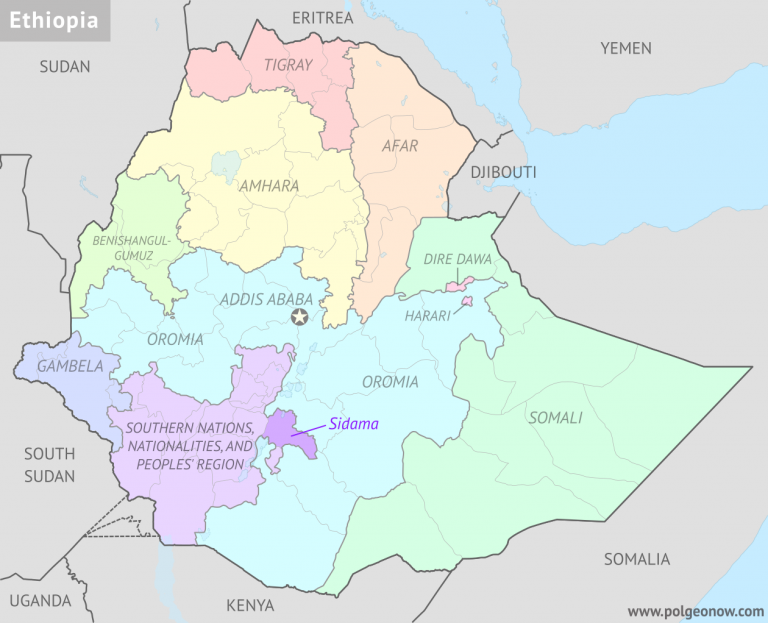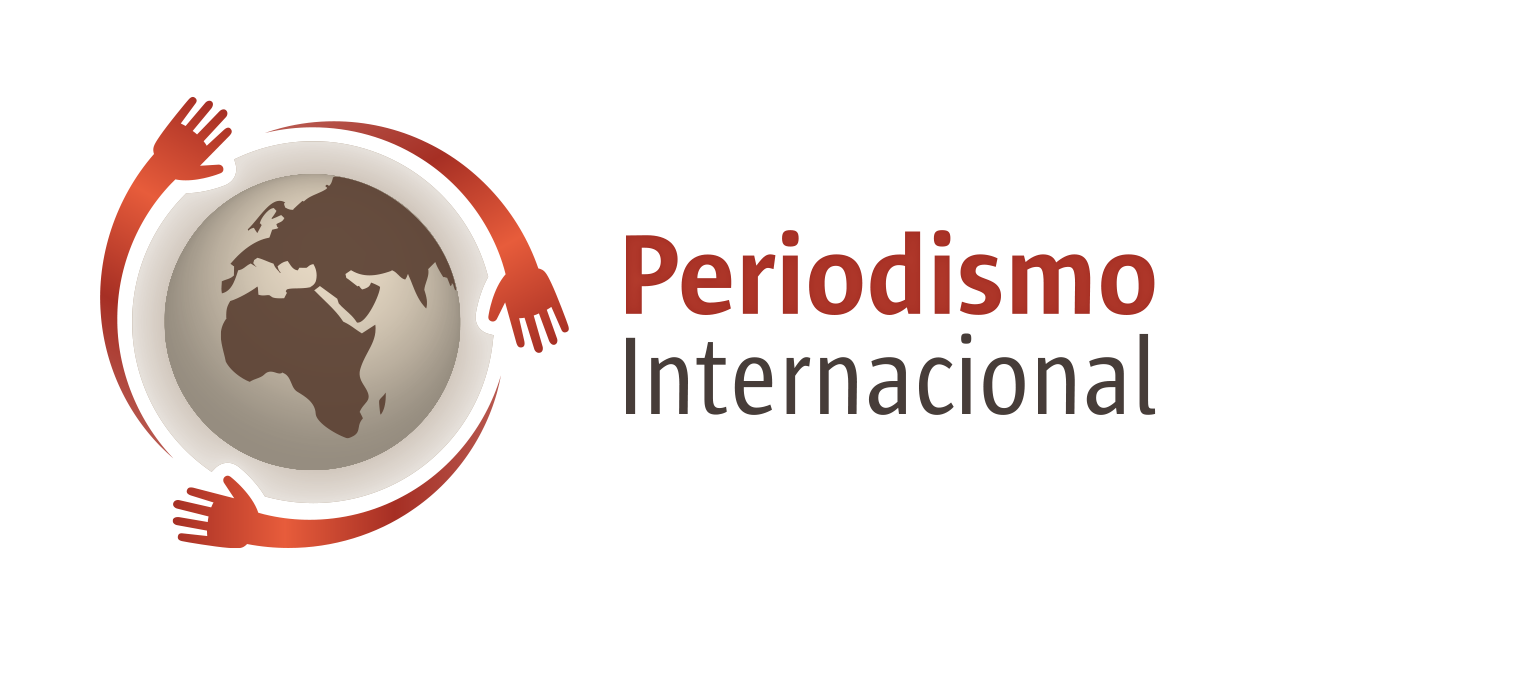In this context, it is very useful to give a brief summary of the main issues that are involved in this political and, now, military conflict in Ethiopia. Therefore, in this article will be exposed some of the key elements that make it easier to understand what is going on in this country located in the Horn of Africa.
Historical context
In 1991, the Ethiopian People’s Revolutionary Democratic Front (EPRDF) -a coallition that fostered ethnic federalism and formed by different ethnic-regional political parties- ousted Mengistu Haile Mariam and, hence, put an end to the marxist dictatorship that held power between 1987 and 1991. After that, in 1994, the EPRDF established a new Constitution based in ethnic and linguistic federalism. This allows to ethnic groups the possibility of self-administration but also the right to secession.
During the era of EPRDF’s dominance, the TPLF was the most important party, having governed between 1991 and 2012 (Meles Zenawi’s period). In 2018, Abiy Ahmed -a member of the Oromo Democratic Party (ODP)- became the first Oromo chairman of the EPRDF and he quickly demonstrated that he did not want to continue with the ethnic federalism that was imposed during 1991 and 2018. So, in 2019, he formed the Prosperity Party (PP), which is a merge of various political parties, including three of the four former members of the EPRDF. Only the TPLF decided to stay away from this national party.
In this scenario, the TPLF feared losing power (and influence) but also was worried about the economic paradigma of the PP, which is more liberal and gives more space to the private sector.
Political system in Ethiopia
1994’s Constitution established a parliamentary federalism in Ethiopia, which, moreover, is an ethnical federalism. The Prime Minister is the Head of Government and the President is the Head of State. While the first one comes from the political party that wins the legislative elections and is chosen by the Parliament, the second one is appointed indirectly by the Parliament. This latter one is composed by the House of Federation and the House of People’s Representatives, which have 112 and 547 members, respectively. It is important to highlight that the House of Federation has a very particular distribution, as each of the ten regional states has a proportional number of representatives according to the number of nationality groups that reside in the state and the population of each one of them. Literally, article 61 of Ethiopia’s Constitution says the following:
“Each Nation, Nationality and People shall be represented in the House of the Federation by at least one member. Each Nation or Nationality shall be represented by one additional representative for each one million of its population”.

There are ten regional states plus two cities with a special status (Addis Abeba and Dire Dawa). Each of the ten states have a wide range of self-administration and they even have the right to establish their own Constitution. Nevertheless, this latter one has to be subordinated to the Constitution of the Federal Democratic Republic of Ethiopia.
Ethnics in Ethiopia
According to the 2007 census, there are 85 different ethnic groups and 87 mother tongues in the country. The Oromo (34.49%) and the Amhara (26.89%) are the biggest ones, followed by the Somali (6.21%) and the Tigray (6.07%). These four ethnicities sum up 82.66% of the Ethiopian population. While the Amhara and the Tigray are mostly christians (orthodoxs, catholics and protestants), the Somali are muslims (sunna). The Oromo are mixed with two main majorities, which are the christians and muslims.
In terms of political power, the Tigray were dominant between 1991 and 2012, while the Amhara people were powerful under the monarchy era, which ended in 1974. The Oromo have been excluded from power in the modern history of Ethiopia. Concerning the Somalis, they are well known for their separatists movements.
Who is Abiy Ahmed?
He was born, in August 1976, in Beshasha, in the Oromia regional state. He was part of the forces that fought against Mengistu Haile Mariam’s dictatorship and also served in the Ethiopian military forces. He studied Computer Engineering and holds two Masters degrees, one in Leadership and another in Business Administration. In 2017, he obtained the degree of PhD in Philosophy, at Addis Abeba University, thanks to a final work about Peace and Conflict Research.
During a long period he was a political activist and in 2010 got a seat in the Ethiopian Parliament. After that, in 2015, he worked as Minister of Science and Technology. Finally, in 2018, he was chosen as Prime Minister of the country, becoming the first Oromo to be appointed as Chairman of the Ethiopian People’s Revolutionary Democratic Front (EPRDF). He has been a member of the Oromo Democratic Party (ODP) and in 2019 he founded the Prosperity Party (PP).
He is the son of a muslim farmer and a christian orthodox woman, both of them from the Oromo ethnical group. Abiy Ahmed was free to chose his own beliefs and he is a well known protestant. His wife is an Amhara woman and they have four chilidren.
Once in power, on April 2 2020, he gained admiration as he and Isaias Afwerki ended the war that opposed Ethiopia and Eritrea and agreed to start a new era in their bilateral relation. Eritrea also restaured its ties with Somalia and, some months later, these two countries signed with Ethiopia an agreement of cooperation and peace in the region. Then, Djibouti and Eritrea normalized their ties after ten years of “freezing”.
Abiy Ahmed has an important participation in South Sudan’s peace process and in the transitional period in Sudan. He has been seen as a peacemaker and that is why he won, in October 2019, the Nobel Peace Prize.
Recent context
After coming to power, Abiy Ahmed has confronted the Tigray people as he is an oppositor to the ethnic and linguistic federalism of the country. Since then, his relation with the TPLF has not been good and that was remarked in December 2019, when Ahmed decided to end the ethnical-based EPRDF and founded the Prosperity Party. While all of the main former members of that coalition followed the steps of the Primer Minister, the TPLF chose not to be part of this new political party.
Then, in March 2020, Abiy Ahmed announced that the legislative elections, scheduled for August, were going to be postponed due to the Covid-19 pandemia. The Tigray did not accept his statement and said that Ahmed’s decision violated the Constitution. Therefore, the Tigray regional state organized and held their own regional elections on September 9. Ethiopia’s Prime Minister declared that the electoral process was illegal and did not recognize the results (the TPLF won 189 of the 190 seats).
In October, the Ethiopian Parliament decided to severe ties with the Tigray regional state. With this, Tigray’s regional budget was cut and the federal government of Ethiopia announced that they would continue the relations but only with local institutions.
In this context, during the last weeks the tension between Abiy Ahmed and the TPLF increased and on November 3, the TPLF said to the Tigray population that they should prepare for war. One day later, the military attack made by the TPLF was a reality and so was the response of the Ethiopian National Forces.
Implications of this political dispute
In Ethiopia, it could incite historical ethnical rivalries, such as the one between the Tigray and the Amhara, which, in fact, already have a territorial dispute. Also, it could spread the nationalist stances to another regional states. It should be said that this breakout between the Tigray regional state and the federal government could weaken the already unstable democratic institutionality of the country, something that, if it happens, could destabilize the Horn of Africa and, particularly, Eritrea. In relation to this latter one, Isaias Afwerki, current President (or dictador if we do not want to use euphemisms) has been a rival of the TPLF during the last years. He does not like the ethnical federalism and he has been constructing very good relations with Abiy Ahmed, so it is very obvious that he would stay beside the Ethiopian Prime Minister.
If the conflict increases, it could also be very dangerous for the region, as during the last years -since Abiy Ahmed was appointed as Primer Minister- there have been efforts to resolve diplomatic and/or border disputes. Even more, the presence of international powers has been complicating the relations between Horn of Africa’s countries, as their own tensions -such as the one that Turkey and Qatar have with United Arab Emirates and Saudi Arabia- hinder or slow down the pace of the solution of conflicts in the region. So, in a conflict scenario, in which Ethiopia, Eritrea and even Sudan could be implicated, the external powers could also play their role in the dispute.
Concerning the ties between the Horn of Africa’s countries, it is necessary to remember that Eritrea, Ethiopia and Somalia have established an emerging alliance. They even suggested the creation of a new integration bloc (Horn of Africa Cooperation) and have exchanged official visits. This has been seen with some distance by other states of the region, like Djibouti and Kenya. This latter one, having a maritime delimitation conflict with Somalia. Furthermore, Sudan has been facing a transition period and regional confrontation or even only a crush between Ethiopia, Eritrea and the TPLF could be a menace or at least a problem to the Sudanese authorities. The articulation of the ties (among countries) in the Horn of Africa have a triple dimension (intra-Horn of Africa, between external powers and a merge of the first two ones) and, thus, the region has a very fragile balance.
Finally, it should not be forgotten that there is a potential risk that the Qimant ethnic group -a minority within the Amhara regional state that demands autonomy- could make an Alliance with the TPLF, generating a clash between the Amhara, Tigray and Qimant. This issue has been deeply studied and analyzed by International Crisis Group.
Raimundo Gregoire Delaunoy
raimundo.gregoire@periodismointernacional.cl
@Ratopado
